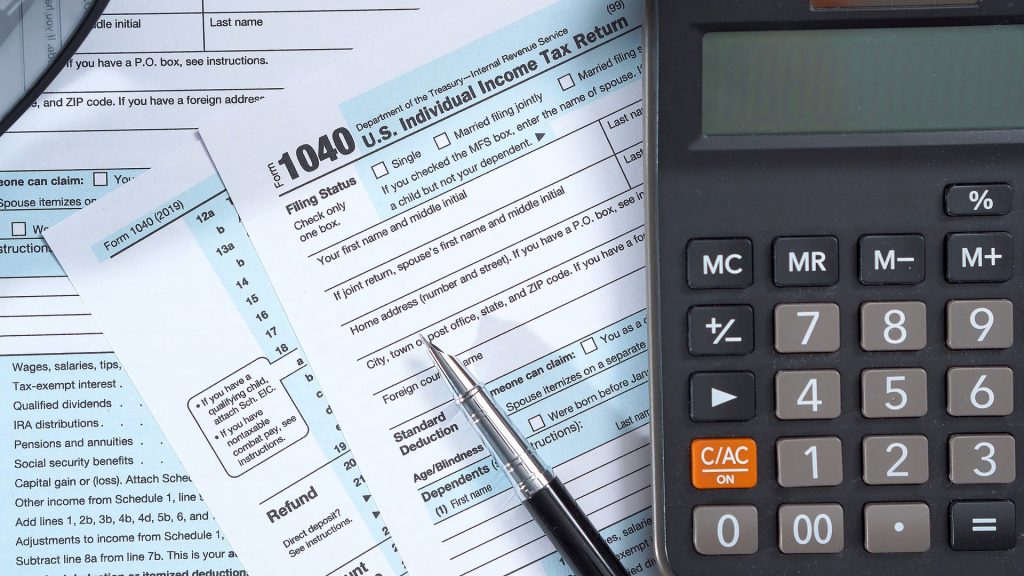IRS releases 2026 tax bracket changes to account for inflation

The Internal Revenue Service (IRS) released updated tax information for the 2026 tax year on Thursday. Specifically, the agency is adjusting over 60 tax-related items to account for inflation. These changes will apply to the 2026 tax year, which is the tax return you’ll file in early 2027.
These updates include changes to income tax brackets, standard deductions and tax credits. The IRS makes these inflation adjustments every year to prevent what’s called “bracket creep,” which happens when inflation pushes your income into a higher tax bracket even though your real income has not increased.
Unbiased. Straight Facts.TM
President Abraham Lincoln signed legislation in 1862 that enacted the nation’s first income tax meant to fund Civil War expenses.
For the 2026 tax year, the standard deduction will go up due to inflation. The new amount for married couples filing jointly is $32,200, an increase from $31,500. Single filers and married individuals filing separately can claim a $16,100 standard deduction, which is up from $15,750. The new standard deduction for heads of household is $24,150, up from $23,625.
Income thresholds adjusted, tax rates remain
The IRS is adjusting the income thresholds for each tax bracket; however, the tax rates themselves are not changing.
In the 2026 tax year, the highest federal income tax rate, which is 37%, will apply to people who earn above certain amounts of taxable income. For single individuals with a taxable income over $640,600, they will pay 37% on the amount above that threshold. For married couples filing jointly, they will pay 37% on income over $768,700.
According to the IRS, the other rates are:
35% for incomes over $256,225 ($512,450 for married couples filing jointly);
32% for incomes over $201,775 ($403,550 for married couples filing jointly);
24% for incomes over $105,700 ($211,400 for married couples filing jointly);
22% for incomes over $50,400 ($100,800 for married couples filing jointly);
12% for incomes over $12,400 ($24,800 for married couples filing jointly).
The lowest rate is 10% for single individuals who have incomes of $12,400 or less, and $24,800 for married couples filing jointly.
Many small businesses file as pass-through entities and are subject to these rates.
Estate, EITC and employer child care credits expand
The federal estate tax exclusion will increase to $15 million in 2026, up from $13.99 million in 2025, allowing larger estates to pass to heirs tax-free. Some states still have an estate tax or inheritance tax with lower thresholds.
The Earned Income Tax Credit will also rise, with the maximum credit for families with three or more qualifying children increasing to $8,231, up from $8,046 the previous year.
In 2026, businesses that offer child care support will receive a larger tax break, making it more financially appealing to support working parents. The employer-provided child care tax credit is going up from $150,000 to $500,000 for most businesses or $600,000 for eligible small businesses.
The post IRS releases 2026 tax bracket changes to account for inflation appeared first on Straight Arrow News.





